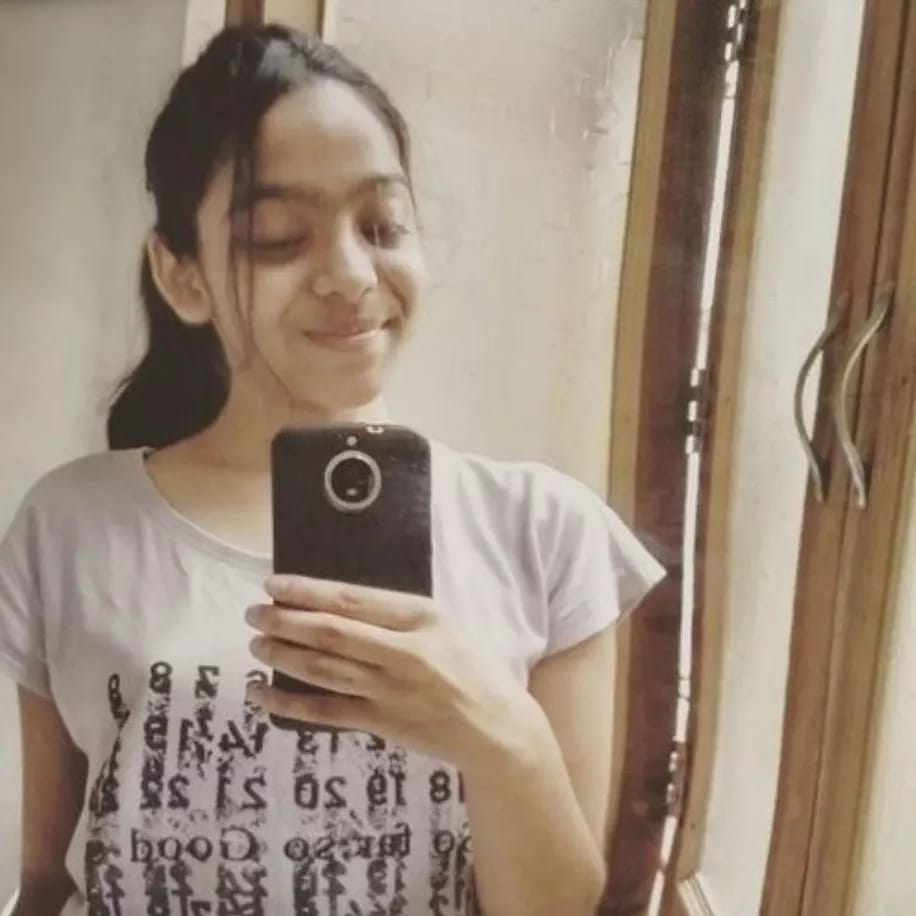The science behind 10 Hindu traditions.
- Tripti Agrawal

- Mar 4, 2022
- 3 min read

Living in India you must have learnt no. of Hindu rituals and traditions. Many of you follow them in the vow of "Nahi karoge toh apsagun Hoga"
But did you ever think about the science behind these rituals?
Our ancestors were so intellectual who gave us these rituals many centuries ago.
Let's see some interesting science behind our Hindu traditions.
1. Namaskar: Joining palms together.

Your parents must teach you to join palms to greet someone. It's a way of respecting others. While joining the palms, the tips of both palms come together. It turns on the pressure on the pressure points of the ears, eyes, and mind which helps us to remember that person for a longer time. It is also a germ-proof greeting.
2. Wearing a silver Toe-ring.

A nerve from the second toe is connected to the heart through the uterus. Married women wear the silver toe ring in the second toe. This regulates the blood flow and menstrual cycle effectively in them. Also silver is a very good conductor which absorbs the polar energy and passes to the body.
3. Throwing coins into River.

Crossing the river and throwing coins in them is one of the best childhood activities which we still do. In the past, ladies used to carry water from the rivers for daily uses and it was a fashion of copper coins during that era.
Copper is a good purifier that can purify the river and make it drinkable.
4. Applying tilak on the forehead.

The spot between the two eyebrows in our forehead is the most major nerve point in the body. This tilak is considered an energy saver and keeps concentration constant in our body. When we apply tilak we press that point which energises the blood supply to facial muscles.
5. Starting with spices and ending with sweet.

While eating you must think of having some spices when starting and ending with dessert.
These spices activate digestive juice and acid for effective digestion while sweet contains carbohydrates which bring it down. Therefore we always have desserts at the end of the meal.
6. Applying Mehandi on hands and feet.

While attending any marriage ceremony you must have attended Mehandi Rasam. Our Indian wedding includes so much stress, workload, rituals. The bride sometimes feels hectic too. This Mehandi has medicinal properties which can avert stress.
7. Why don't we sleep with our heads towards the North?

Our body has a magnetic field and the earth is a massive magnet. Sleeping with head towards North, body's magnetic field gets completely uneven to Earth's Magnetic field.
This creates blood pressure problems and the heart starts to work hard.
Another reason is that while sleeping with your head towards the north, the iron from the whole body starts to assemble in the brain which can cause many diseases including Alzheimer's, Parkinson's etc.
8. Why do married women apply sindoor?

Sindoor is made up of turmeric lime and mercury. Mercury not only controls blood pressure it also ignites physical passion. They are applied right up to the pituitary gland, which produces hormones for growth and sensual development. That's why widows don't apply sindoor.
9. Gayatri Mantra in prayers.

Gayatri Mantra is believed to produce 110000 different kinds of waves per second in our body. It boosts our health enormously if we enchant them 90 minutes before sunrise.
10. Women are not allowed to go to the kitchen during periods

A long time ago, there were no sanitary napkins and no pills for menstrual pain. All women could do to help themselves was rest and rest.
It didn't make any sense to prepare foods and do hefty household chores during these painful times. So to avoid any kind of exhaustion they should have taken 4-5 days of rest and prohibited themselves from going to the kitchen.
Our ancestors were smart and generous undoubtedly. They made rituals with sense and science. But today we all are taking these traditions and rituals as a myth that causes problems.












Comments